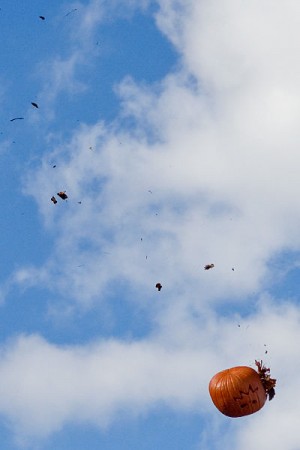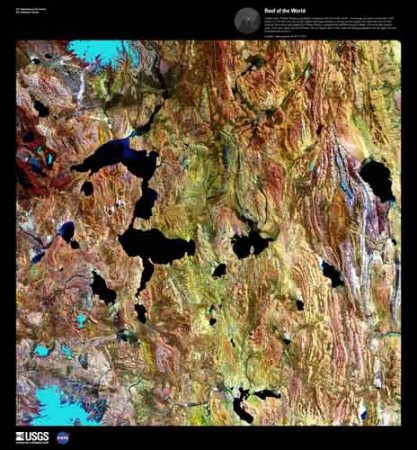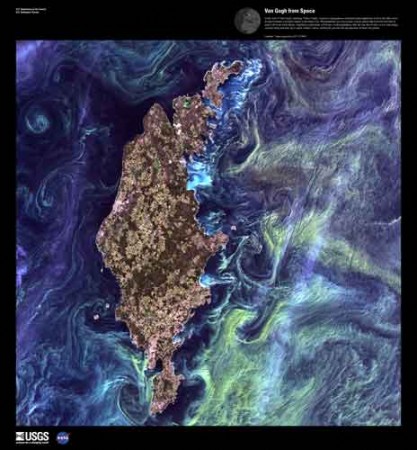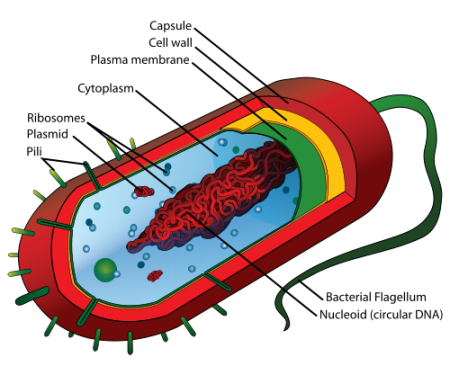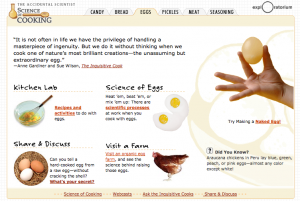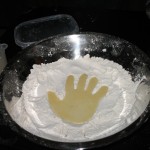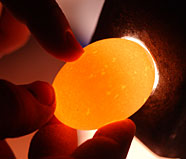
One of my favorite things is when my students teach me something I didn’t know. One of those things is that rabbits eat their own poop.
Well not exactly. According to Dana Krempels, from the University of Miami, rabbit fecal pellets (poop) are different from the other type of droppings that lagomorphs actually eat, which are called cecotropes (Kempels, 2010; Rabbits: The Mystery of Poop). Cecotropes apparently have lots of helpful bacteria and nutrients. Rabbits that don’t get to eat them tend to suffer from malnutrition.

Independent Research Project
For her Independent Research Project (IRP) this term, one of my students researched rabbits, and, as was required, tried to find them on our nature trail. She found indirect evidence. Small fecal pellets in the grassy area next to the trail’s exit, just where her research said they might be (which was quite nice). The pellets were brought inside, dissected, and examined under the microscope (see Figures 1 and 2).
The magnified image showed what appeared to be a partially masticated (chewed) piece of fiber, probably grass. This is where I was informed about the double eating called cecotrophy. My student hypothesized that this sample might be something that had not been fully digested and the rabbit would come back and eat it another time.
The Scientific Process
I really like the scientific process that went into this project, even though I’m not sure I agree with the final hypothesis. The project started with background research that yielded a plan for field observation. The field observation resulted in samples being collected and returned to the lab for analysis. The analysis produced some interesting, enigmatic results, which lead to a proposed hypothesis that integrated the observations based on the original background research.
The only things I would like to add to this type of IRP is to have students include a detailed scientific sketch, much like the sketches of the early botanists and naturalists. I really like how these drawings integrate acute observation and artistic interpretation.
